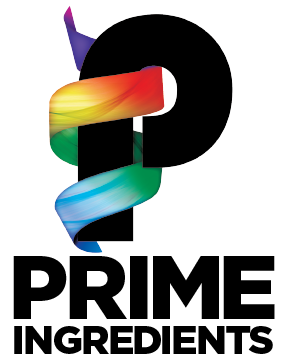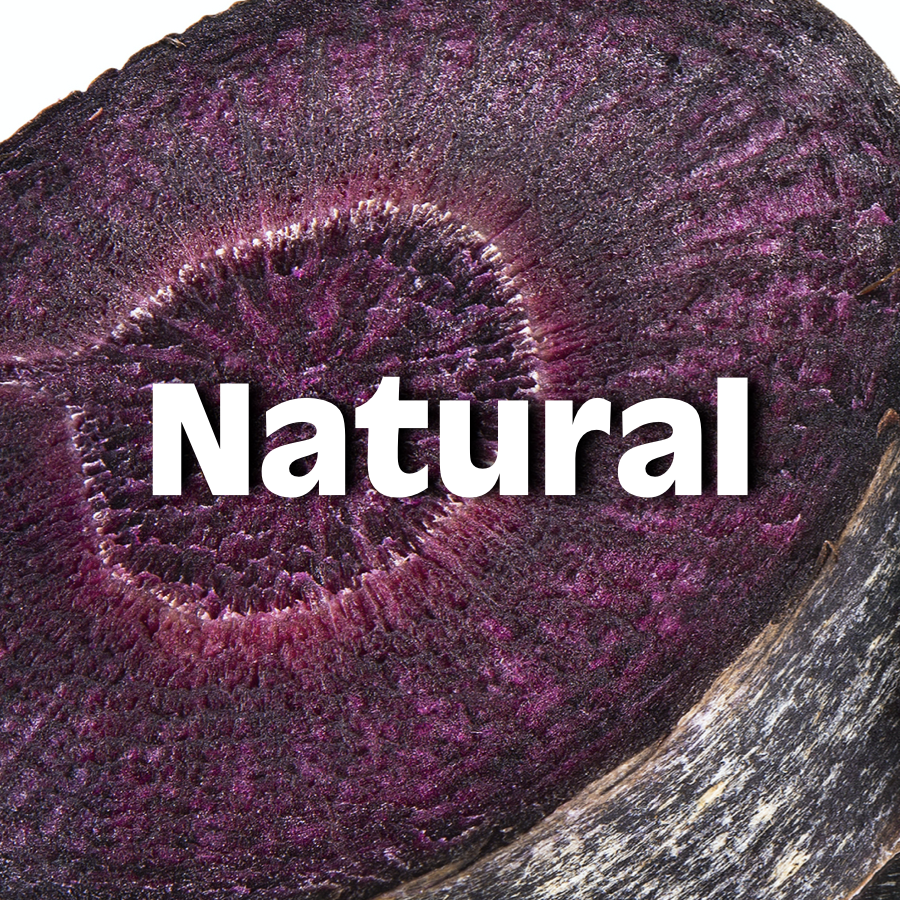FDA Classifications
What is a Color Additive?
21 CFR 70.3: A color additive is any dye, pigment or other substance synthesized, extracted, isolated or otherwise derived from a vegetable, animal, mineral or other source and that, when added to a food, drug, or cosmetic or any part of the human body, is capable of imparting color.
Exempt from Certification
Regulated by the FDA; 21CFR Part 73
Color additives that are referred to as “natural colors” in the industry
These colors are obtained from fruit, vegetable, animal and mineral sources or, are the synthetic duplicates of the naturally existing colorants.
Exempt Colors
While the Exempt Colors are mostly derived from natural sources, the term “natural” is not allowed for finished product ingredient labeling.
Below is a list of permitted terms as stated by the FDA:
Artificial Color
Artificial Color Added
Color Added
Colored with (name of color)
Name of color (color)
Equally Informative Term
Cochineal Extract and Carmine must be declared on the ingredient label.
Certified Colorants
Regulated by the FDA; 21CFR Parts 74 and 82
Color additives that are compounds produced by chemical synthesis and must conform to the high purity specifications established by the Food and Drug Administration.
Available as soluble dyes or insoluble lake pigments.
Certified Colors
The Certified Dyes and Lakes must be declared individually by name on the finished product ingredient label. The use of “FD&C” or “No.” is not required.
The use of the term “Lake” when the lakes are used must be declared as part of the color name on the ingredient label.





